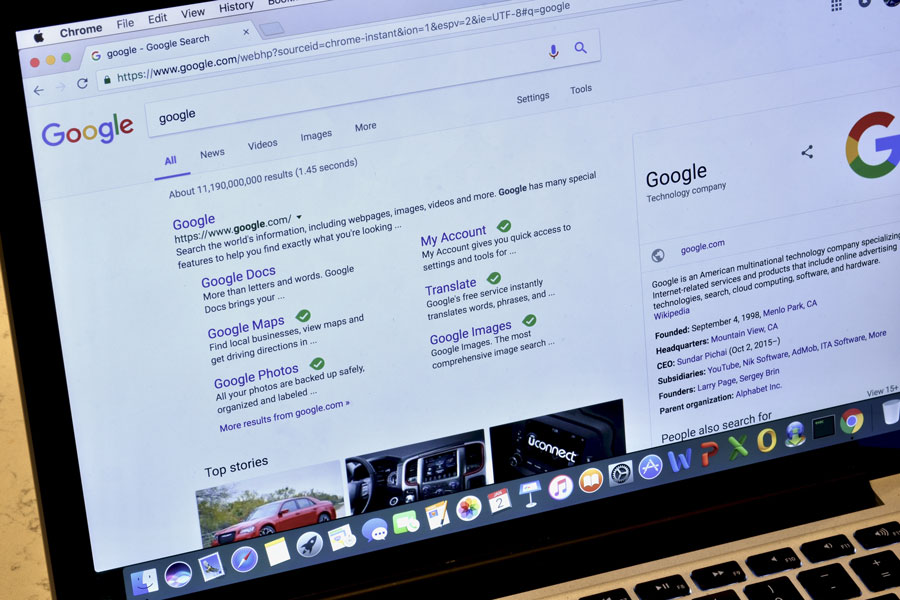Google Has Removed One Of Its Oldest Features, Cached Version of Web Pages; Search PR Guy Says No Longer Necessary

MOUNTAIN VIEW, CA – Google has terminated the availability of cache links, a feature that previously stored snapshots of web pages in the state they were when Google last indexed them. These snapshots were accessible to users in cases where the live version of the page was inaccessible, had undergone modifications, or was experiencing prolonged loading times. Nevertheless, Google has now discontinued this feature for all users.
Google’s decision to remove links to page caches from its search results has sparked disappointment and frustration among users. The cache feature, was a valuable tool for accessing information and troubleshooting website issues. Google’s search liaison, Danny Sullivan, confirmed on X (formerly known as Twitter) that the feature has now been retired.
Sullivan acknowledged the significance of the cache feature, stating that it was one of Google’s oldest features and was initially introduced to help users access pages when website loading was unreliable. However, with significant improvements in website performance and accessibility, the need for the cache feature diminished. At least that’s Google’s official excuse for removing it.
Danny Sullivan replaced Matt Cutts as the Public Search Liaison for Google on July 31, 2016. Since then, Google has shifted away from having one single person as the face of their search team, and instead relies on a small team of experts to communicate with the webmaster community.
The removal of the cache feature has affected various user groups, including SEO professionals, journalists, and reporters. SEO professionals and journalists often relied on the cache feature to debug websites and monitor competitors’ activities. Reporters found it valuable for investigating stories, as it provided insights into the sometimes clandestine changes made to a company’s website.
Users could click on the “Cached” button in the “About this result” panel or use the “cache:” command followed by the URL to instantly view the cached version.
Although the official confirmation of the cache links’ removal has just been announced, rumors about its discontinuation had circulated for some time. In 2021, Google developer relations engineer Martin Splitt referred to the cached viewer page as an “unmaintained legacy feature.”
It is also possible that Google has removed the feature simply to cut down on potential problems it has had the potential to create. For instance, in 2006, author Blake Field sued Google for copyright infringement over the cached copy of his story. However, the court ruled in favor of Google, citing fair use principles (Field v. Google, Inc.) In a second example, in 2019, news outlets in Germany threatened legal action over Google displaying snippets of their articles in search results, including cached versions.
There have also been complaints about users relying on outdated cached versions of information, leading to issues like making financial decisions based on inaccurate data. While less common, there have been many instances where individuals complained or even sued Google for cached pages containing defamatory content (Parker v. Google, Inc.) However, platform immunity protections often shield Google from liability in such instances.


